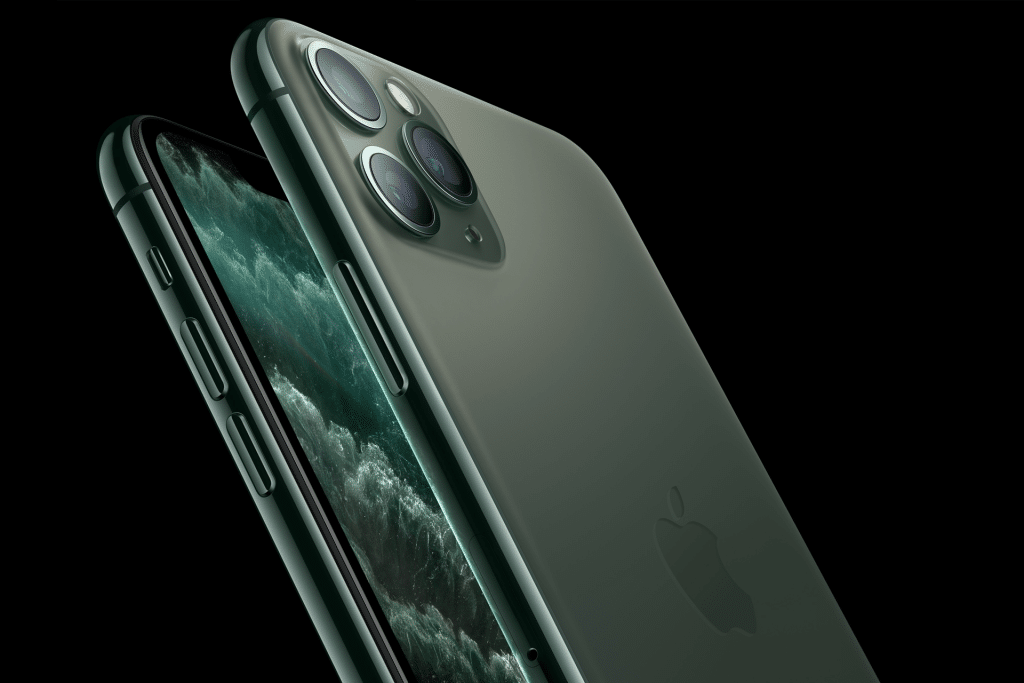The iPhone 11 Pro Max vintage status, along with the Apple Watch Series 3, shows how quickly technology cycles move. Apple has officially added both devices to its vintage products list, meaning hardware repairs and official support will become limited. For many users, this is a clear signal: the time for an upgrade may have arrived.
Apple applies the “vintage” label to products that stopped being sold more than five years ago but less than seven. While these devices may still work, the designation indicates dwindling access to replacement parts and authorized repairs.
What Vintage Status Means
When a product is classified as vintage, Apple Stores and Authorized Service Providers can continue repairs if parts are still available, but Apple no longer guarantees stock. Once a product crosses seven years, it is deemed “obsolete,” and repair support ends entirely.
For iPhone 11 Pro Max owners, this means limited longevity for one of the last models before Apple’s big design and performance leaps in recent generations. Meanwhile, the Apple Watch Series 3 — introduced in 2017 and one of Apple’s most popular wearables — has already struggled in recent years with newer watchOS updates and app compatibility.
Why It Matters for Users
The iPhone 11 Pro Max was a landmark device in its day, with the first triple-camera system on an iPhone and strong battery life that made it a favorite among professionals. Yet compared to the latest iPhone 17 series, its processor, connectivity, and camera capabilities are showing their age.
The Apple Watch Series 3, while successful in introducing more users to fitness tracking and cellular connectivity, has long been left behind by new features. WatchOS updates now demand hardware beyond what the Series 3 can handle smoothly.
Users relying on either device may still find them functional today, but compatibility, security updates, and repair availability will steadily diminish.
Apple’s Product Lifecycle
Apple’s classification illustrates the company’s consistent hardware lifecycle: after around five years, products move to vintage, and by seven years they are effectively retired. This cycle nudges customers toward newer models, ensuring they benefit from current software updates, security patches, and ecosystem features.
The iPhone 11 Pro Max and Apple Watch Series 3 now join the growing list of Apple devices shifting from daily driver to legacy status. For many owners, this announcement will prompt consideration of an upgrade, whether to the iPhone 17 series or the latest Apple Watch Ultra models.
